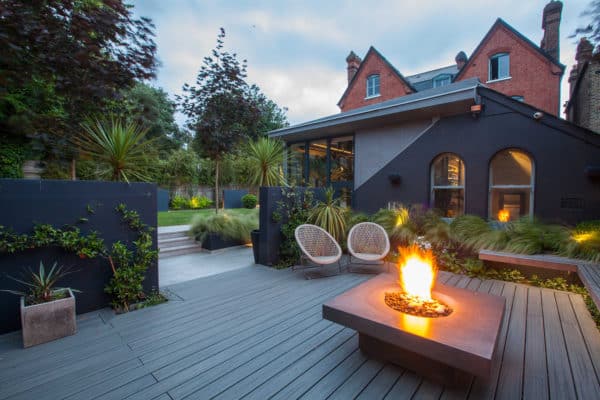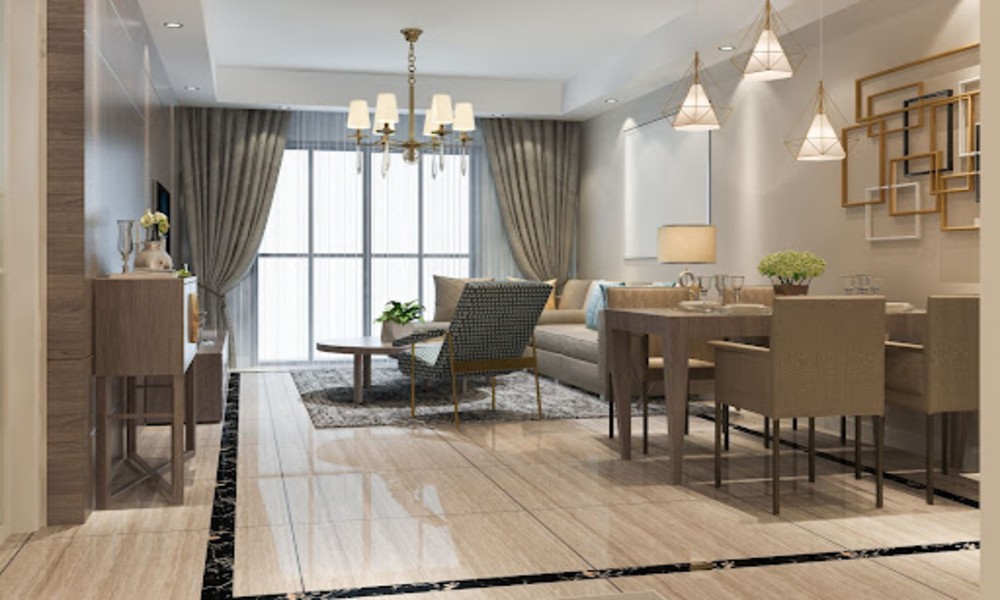In recent years, the concept of multigenerational living has gained popularity as families look for ways to live together under one roof while maintaining privacy and independence. Designing homes that cater to the needs of multiple generations requires careful planning and consideration. Here are some key factors to consider when designing homes for multigenerational living:
1. Flexible Floor Plans
A flexible floor plan is essential in accommodating the diverse needs and preferences of each generation. Designers should consider incorporating separate living spaces or creating dual master suites to provide privacy and independence for each family unit. Open floor plans with spacious communal areas can also encourage interaction and foster a sense of togetherness.
2. Universal Design Principles
Integrating universal design principles into the home ensures that it is accessible and convenient for people of all ages and abilities. This includes features such as wider doorways and hallways, no-step entries, and grab bars in bathrooms. It’s important to create an environment that promotes safety and ease of movement for everyone, including older adults or individuals with mobility challenges.
3. Private Retreats
While shared spaces are important for fostering family connections, it’s equally important to provide private retreats where individuals can have their own space for relaxation and reflection. This can be achieved through the inclusion of separate bedrooms, study areas, or outdoor spaces where each generation can enjoy some solitude.
4. Multi-Functional Spaces
Designing homes with multi-functional spaces allows for adaptability and versatility. Consider incorporating rooms that can serve multiple purposes, such as a home office that can also be used as a guest room or a playroom that can easily be transformed into a yoga studio. This flexibility enables the space to meet the changing needs of the family over time.
5. Ample Storage
With multiple generations living together, storage space becomes crucial. Designers should prioritize incorporating ample storage solutions throughout the home to accommodate the belongings of each family unit. This can include built-in cabinets, closets, and creative storage solutions such as under-stair storage or hidden compartments.
6. Outdoor Living Spaces

Outdoor living spaces are an excellent addition to homes designed for multigenerational living. These spaces provide opportunities for relaxation, recreation, and socializing. Including features such as covered patios, gardens, or outdoor cooking areas can create inviting spaces for family gatherings and bonding.
7. Energy Efficiency
Designing homes with energy efficiency in mind not only benefits the environment but also helps reduce utility costs for the entire family. Incorporating features such as energy-efficient appliances, proper insulation, and solar panels can lead to long-term savings and create a sustainable living environment for all generations.
Designing homes for multigenerational living requires thoughtful planning and consideration of the diverse needs and preferences of each family unit. Incorporating flexible floor plans, universal design principles, private retreats, multi-functional spaces, ample storage, outdoor living spaces, and energy efficiency can create a harmonious and comfortable living environment for all generations to thrive together.

